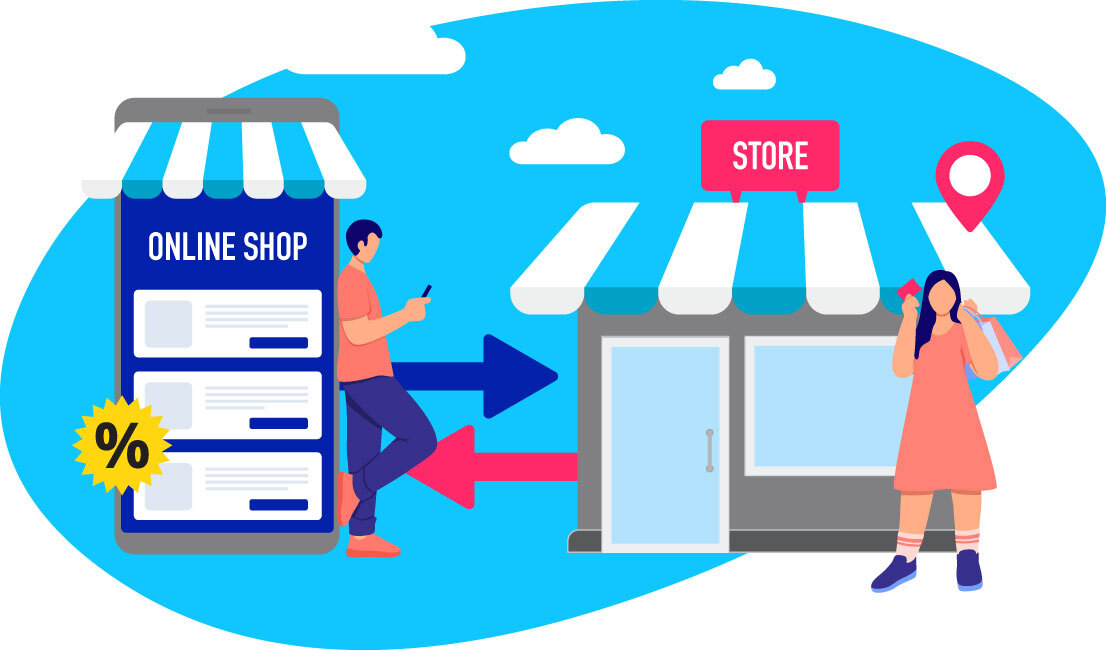5 min read
It is great that people are installing your app, but install alone doesn’t guarantee your app success: 25 percent of apps are only ever used once . So, how to keep those users sticking around and continuing to engage with your app?
Onboarding is not only the start of your relationship with an app user, but also a vital step to building long-term engagement. Think of onboarding as a first impression. Get it right, and you will have a higher chance to keep a customer for the long run. Get it wrong, however, and you might lose that customer forever.
So, how to leave that lasting first impression? Here are eight onboarding techniques that can help you get users hooked on to your app for a long term.
1. Simplify Your Sign-Up Process
A customer’s time is precious. They don’t want to spend any longer than necessary on digital admin like signing up for a service. If you can simplify the process, perhaps by letting them sign in with their Google or social media account, you will save them time and make them enamored of your brand.
2. Send a Tutorial
Loading an app for the first time can be a bewildering experience, akin to stepping into a foreign land. Many users may not know where everything is or how it all works. A tutorial can help.
No need to give an exhaustive tour of the app (that would take too long). Just a quick introduction to the main features can help customers start using the app to achieve their intended purpose without trial and error, and entice them to explore further. Remember: if they have to learn how it all works for themselves, it is likely that they won’t stick around long.
3. Create Highly Customized Onboarding Processes Using Buyer Personas
If you try to appeal to everyone, you will appeal to no one. Rather, you can leverage artificial intelligence (AI) to analyze behavioral patterns and segment your customers into different personas, in order to micro-target each segment with a personalized onboarding process.
For example, you could give those who are short of time the option of providing part of information at a later stage, maybe allowing them to set up an occasional reminder in the login screen in order to encourage them to supply this data.
4. Leverage Push Notifications and In-App Messaging
AI can also help you concoct personalized push notifications and in-app messaging. By identifying users’ key interests, behaviors and motivations, you can divide them into different customer segments, and then use this insight to serve them timely, relevant and compelling push notifications for product recommendations or in-app messaging for the latest announcements.
5. Go Beyond the App
Push notifications and in-app messaging might be all the rage at the moment, but you should not overlook the power of other channels such as email. One study shows email marketing has a much higher engagement rate than social media.
Send onboarding tips or a reminder to explore the app content through email campaigns to drive app engagement. Or use email to send out surveys for user feedback, which can help you optimize app design and improve user experience.
Make sure you target customers with the highest precision by using AI to analyze their interactions with different devices, and then deliver the email or push notification to the right device at the right time. Maybe it is during their morning commute, for example, or while using their tablet in the evening.
6. Offer an Incentive
A little sweetener never hurts, like a coupon for 25 percent off their first order, or a promise they will be the first to know about sales before it starts. Make it in users’ interests to onboard with you, and they will pay you back handsomely.
7. Give Customers an Easy Win
Knowing why customers download your app and why they want to use it is crucial for the onboarding process. If you know their objective with the app (be it to find some information, browse your product selection or just to have fun), you can help them achieve an easy win early on. And once they have had an early success, their level of engagement will increase significantly.
For example, the game Clash Royale puts players into an early battle which they inevitably win. This not only shows them how the game’s mechanics work, it gives them confidence that they can succeed and have fun playing it again.
8. Ask for Permission
Privacy is on most online customers’ minds these days – they want to know why an app wants access to their camera, or their contacts, or other types of personal data. A study shows that 82 percent of users (more than four out of five) say it is very important to know why an app is asking for permissions. Spelling this out in a permission screen shows you have nothing to hide, and that your company can be trusted.
Onboarding is the first hurdle for app makers. By giving your users an easy, personalized and well-explained process, you will start your relationship with them on a good foot, which will boost customer engagement in the long run.
* For more in-depth insights into a powerful app engagement strategy, download the white paper ‘From Download to Favorite: How to Engage Users Across the App Life Cycle’. Have questions? W e are always here to help! Get in touch with us today for an exclusive discussion.



